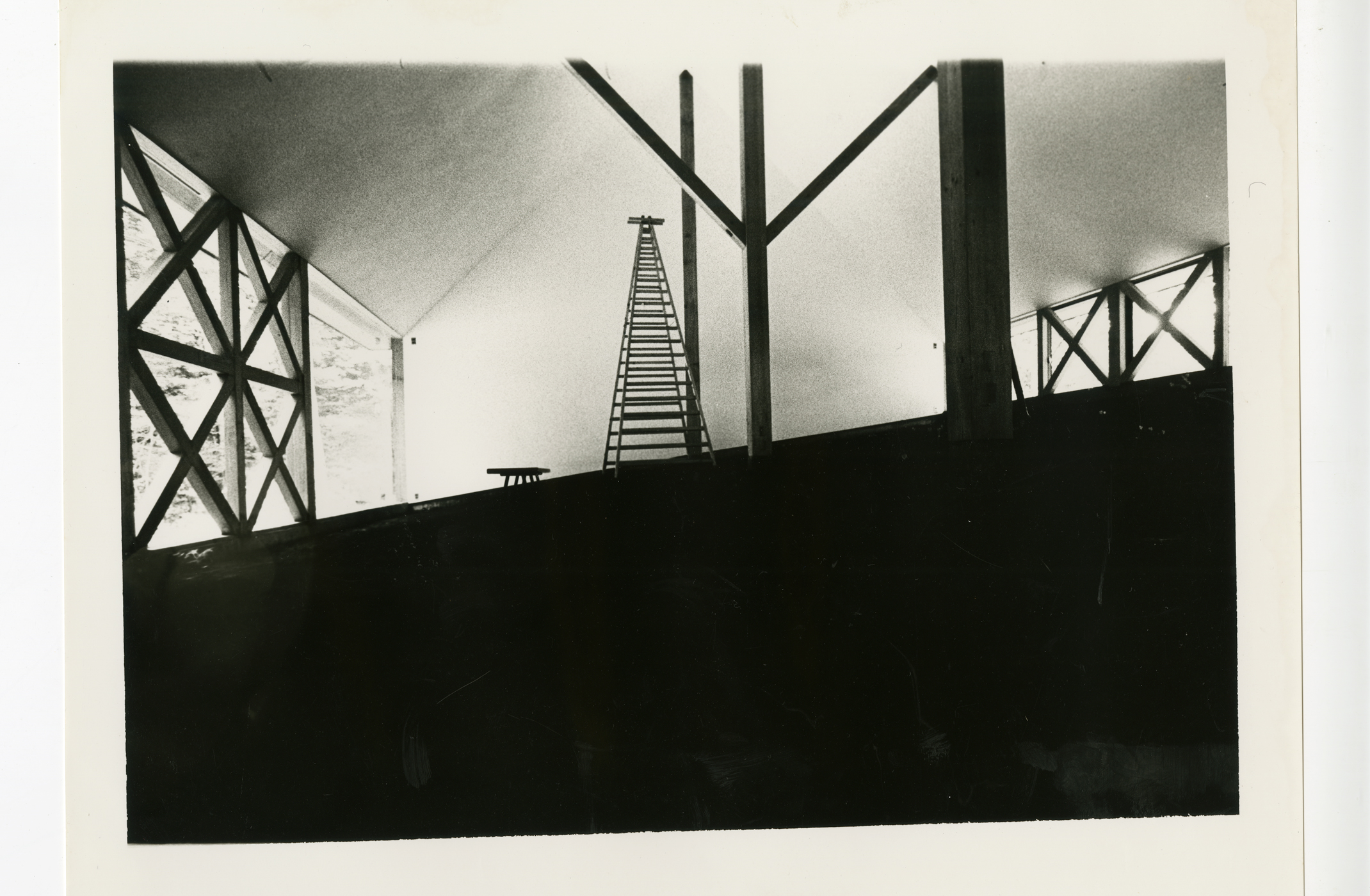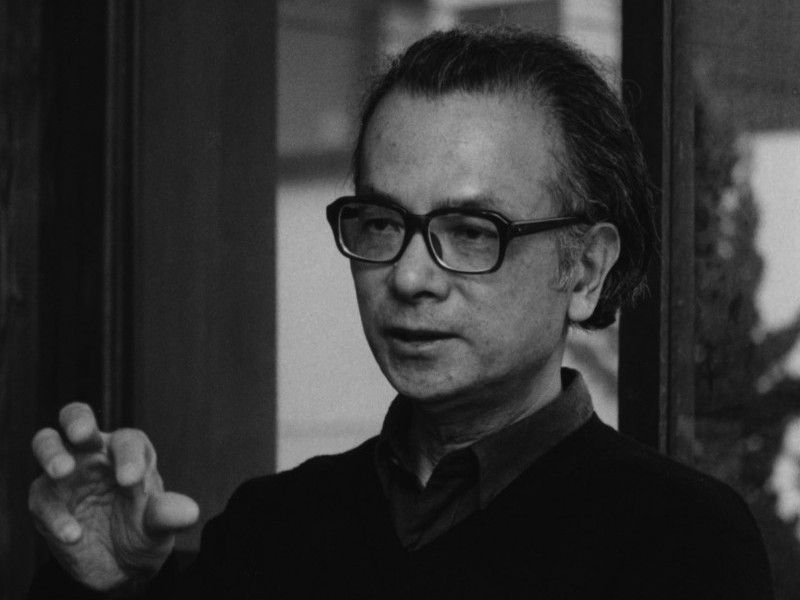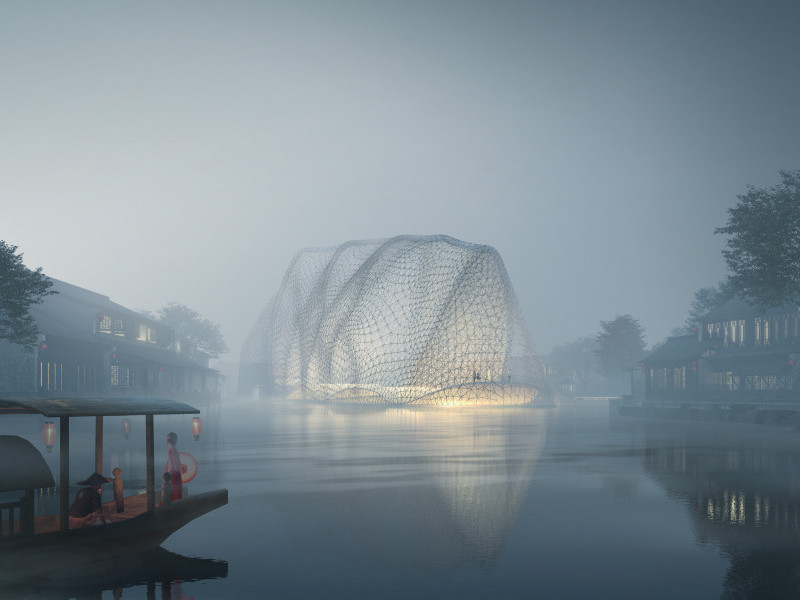

Overview
One of the most influential architects in postwar Japan, Kazuo Shinohara (1925–2006) established his own idiosyncratic stance by way of his formal mathematical training and his mature deductive thought process as exercised throughout the second half of the twentieth century.
Taking his initial cue from Japanese tradition and experiences of ordinary daily life, Shinohara explored and confirmed the absolute autonomy of architecture as well as a distinctive purity of style and form. He strongly argued that individual examples of residential architecture provide a field for personal artistic expression just as much as, if not more than, larger buildings frequented by the general public. This conviction was based on his deeply held premise that a house should be a uniquely individual place for living.
Shinohara’s boldly stated axiom: ‘A House is Art’ (1962) defined the only realm in which for him a residence, however great or small, could retain its meaning as architectural expression, in contrast to conditions generally prevailing in 1960s Japan, when modern architecture was treated as a mere calculated byproduct of economic and societal relationships.
This exhibition introduces Shinohara's works via photographs and video, underlining his standing as an architect whose approach affords an exact opposite to the notions of ‘solitude’ and ‘connectivity’ of the other architects featured under the banner of the exhibition entitled ‘Remain Calm.’ Such architects selectively reflected the surrounding environment—social, natural and spiritual—and incorporated it into their architectural projects. Shinohara's works, in which he completely rejected any theoretical naturalism in order to create unique spaces deriving from his own theory, are today recognised as a keystone in the overall evolution of Japanese contemporary architecture.
Shinohara has profoundly influenced a number of younger Japanese architects of international repute, including Toyo Ito, Kazunari Sakamoto, Itsuko Hasegawa and Kazuyo Sejima. He was awarded the Golden Lion in memoriam at the Venice Biennale of Architecture (2010)—an unprecedented posthumous honour and a witness to the strength of his continuing influence even after his death in 2006.
Shinohara consciously looked to the architectural photograph as a medium of expression that could be even more effective than the real object. He foresaw a situation where ‘fiction’ might surpass the ‘reality’ of the building itself as one face of an advanced information society. This was reflected in another aphoristic piece of advice: ‘Create a Fictional Space with Beauty’ (1964).
The two well-known photographs presented here were taken by the thinker Koji Taki who throughout most of his life was a sympathiser of Shinohara and admirer of his work. They express the enjoyment of the ways in which we are suddenly able to see and feel corporeally once Shinohara’s ‘fictionality’ inhabits our bodies.
Related Content

Shinohara, Kazuo
Architect, educator and writer Kazuo Shinohara formed what is now widely known as the Shinohara School.

Sharjapan 3–Remain Calm: Solitude and Connectivity in Japanese Architecture
Reflecting on the intimate role architecture plays in our lives, Remain Calm explores the work of notable Japanese architects and an artist who use traditional concepts to create physical spaces with both modern and contemporary resonance.
Book your tickets to this exhibition here.
